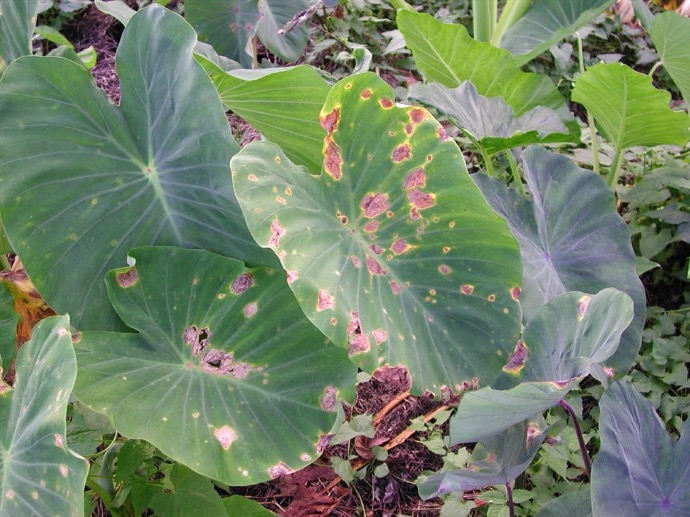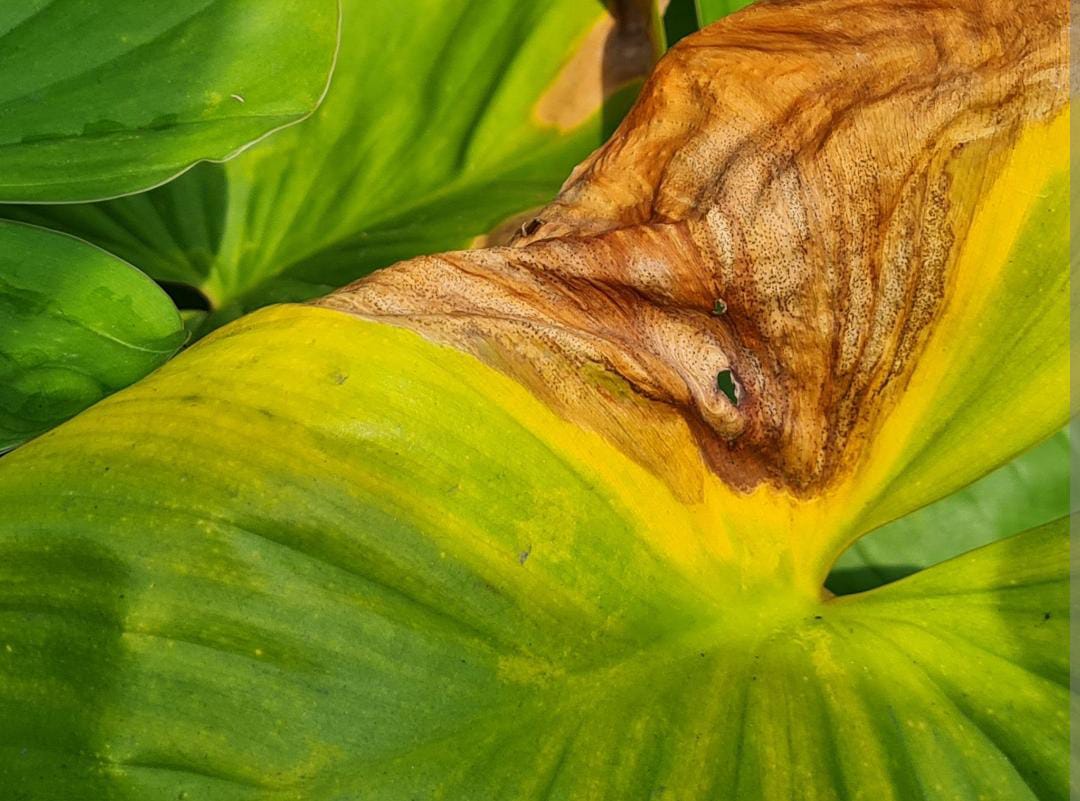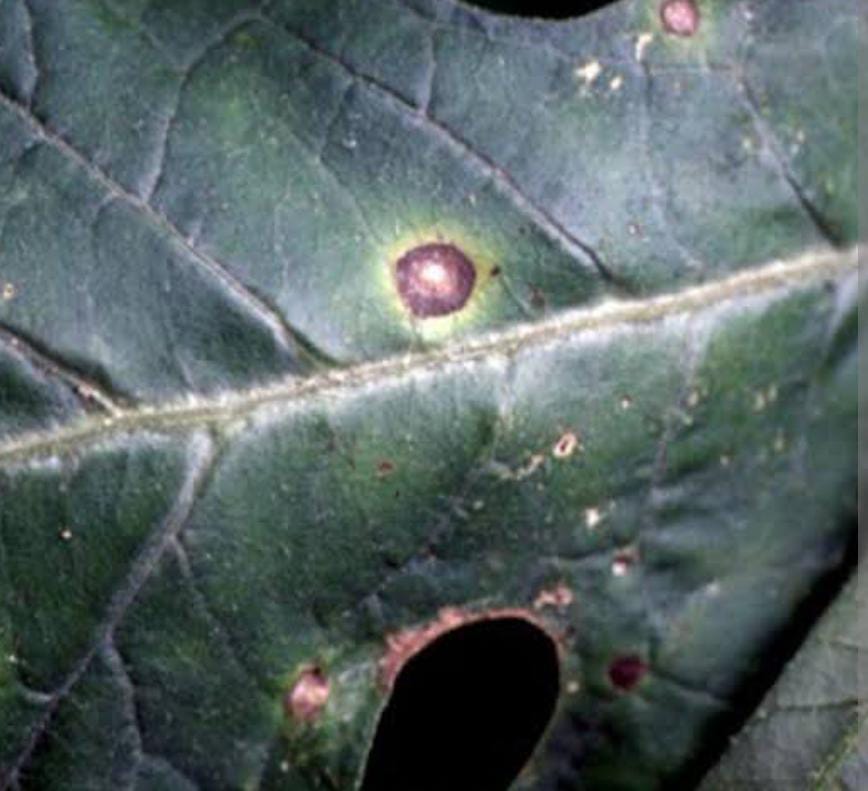Taro Plant
Taro, a perennial, grows in well-drained, moist soil and partial shade to full sun. It's frost-sensitive and benefits from moist to wet conditions.
Habit
Perennial
Height
1 to 1.5 m
Growth
Fast
Soil
Well-drained, Loamy
Shade
Partial Shade to Full Sun
Moisture
Moist to Wet
Edible
Yes
Medicinal
Yes
Origin
Southeast Asia
Climatic Condition
Tropical, Subtropical
Temperature (°)
25°C to 35°C
Humidity (%)
60% to 80%
Potting media
50% Loam, 40% Sand, 10% Organic Matter
Fertilizers
Organic Fertilizer
Watering
Regular watering
Plant Weight
10 to 15 kg
Flowering Time
Summer to Fall
Soil Ph level
6.0 to 7.0
Water Ph level
6.0 to 7.0
Soil EC
0.5 to 0.8 mS/cm
Yield Per Plant
30 to 40 kg per plant
NPK ratio
10:10:10
life Span
2 to 3 years
Health Benefits
High in Starch, Antioxidant
Suggested Grow Media or Potting Mix ?
40% compost, 30% peat moss, 30% perlite
Suggested Fertigation/Fertilizers
Fertilize every 2 weeks with a balanced, water-soluble fertilizer.
Common Diseases and Remedies
Leaf blight , cercospora leaf spot
black spots , reddish brown spots
Neem oil
HEALTH BENEFITS
· Rich in Fiber – Promotes gut health.
· Heart Health – Contains potassium, which helps regulate blood pressure.
· Good for Eyesight – Has vitamin A and antioxidants.
Boosts Immunity – Supports overall well-being.
What is taro?
Taro (Colocasia esculenta) is a tropical plant cultivated primarily for its starchy tubers, which are used as a staple food in many parts of the world. It is also cultivated as an ornamental because of its large heart-shaped leaves.
What Are The Different Types Of Taro?
Green taro:
The most common taro species, it is characterized by large heart-shaped green leaves and starchy tubers.
Black Magic Tallow:
This variety has deep purplish-black leaves that create a striking contrast in your garden landscape.
Elephant Ear Taro:
Named for its large leaves shaped like elephant ears, this variety is often grown as an ornamental in landscaping.
How do you care for taro?
Location
Plant taro in a sunny to semi-shady location. It grows in warm and humid climates.
Sunlight
Taro plants prefer bright, indirect sunlight. Direct sunlight can cause the leaves to burn, especially in hot climates.
Soil
Taro plants require well-drained, fertile soil that is rich in organic matter. They prefer slightly acidic to neutral soil pH.
Hydration
Keep soil evenly moist but not waterlogged. Taro requires regular watering, especially during dry periods.
Nourishment
Fertilize taro regularly with a balanced fertilizer to promote healthy growth. They are polyphages and benefit from nutrient-rich soil.
Issues
Be careful of pests such as aphids, caterpillars, and snails, and diseases such as leaf blight and root rot.
Proper watering and good air circulation can help prevent these problems.
What are the benefits of taro?
Taro is a versatile crop with edible tubers that can be boiled, steamed, roasted, or fried.
Taro leaves are also edible and can be cooked as a vegetable.
Taro is an excellent source of nutrients such as fiber, vitamins, and minerals.
FAQs About Growing Taro
Can taro be grown in containers?
Yes, taro can be grown in large containers with well-drained soil. Make sure the container has drainage holes to avoid water blockage.
How often should I water taro?
Water taro regularly to keep the soil evenly moist and not soggy. Adjust watering frequency depending on weather conditions and soil moisture.
When is the best time to harvest taro tubers?
Taro tubers are usually ready for harvest when the leaves begin to yellow and wilt. This usually occurs after about 6-9 months of growth.
Is taro hardy?
No, taro is frost sensitive and must be protected from freezing temperatures. In colder climates, it is often grown as an annual or dug up and kept indoors over the winter.



